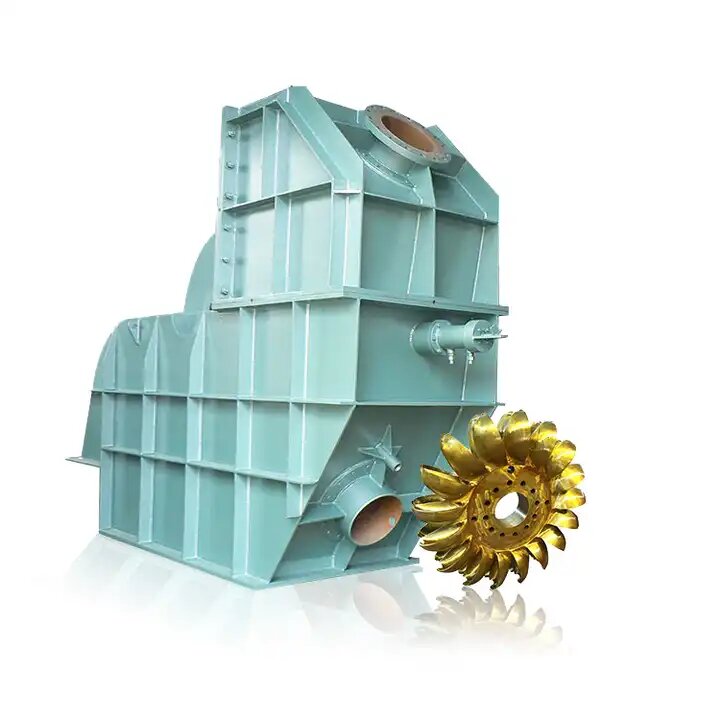
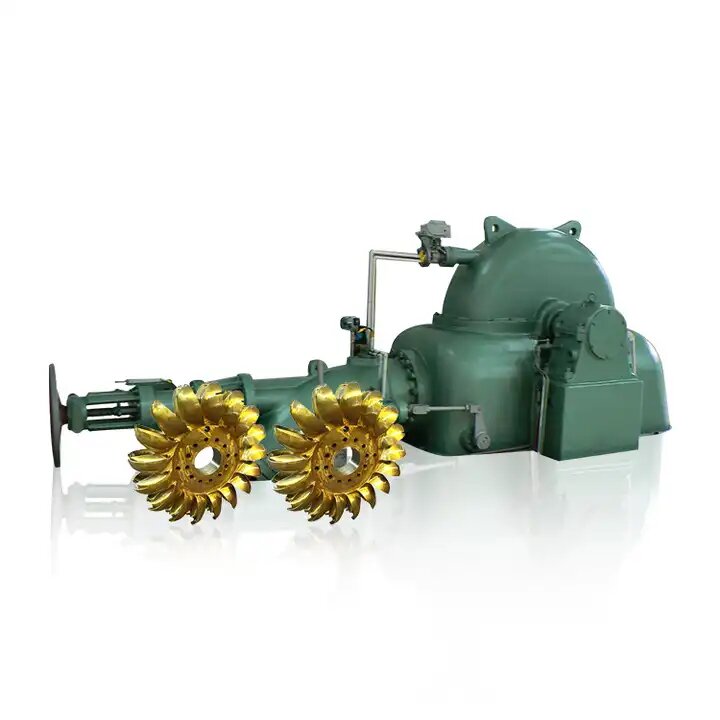
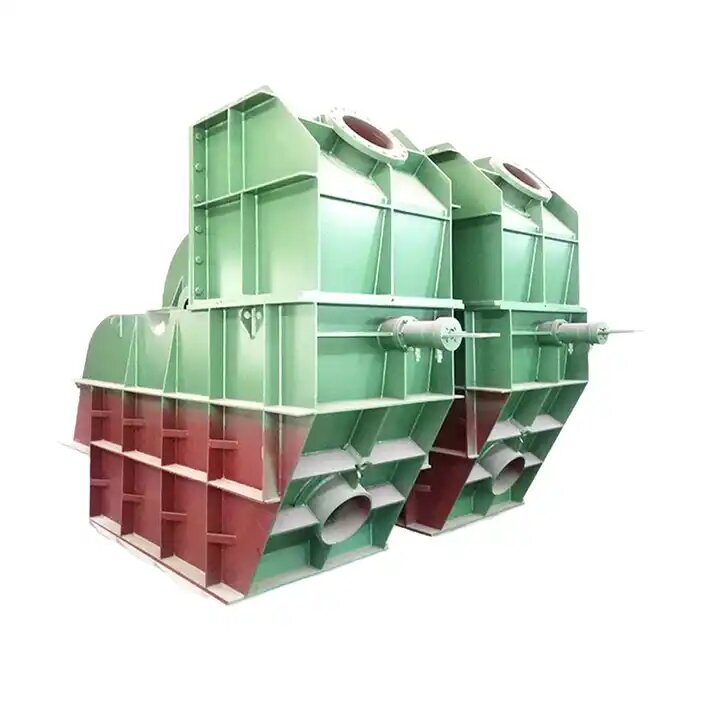
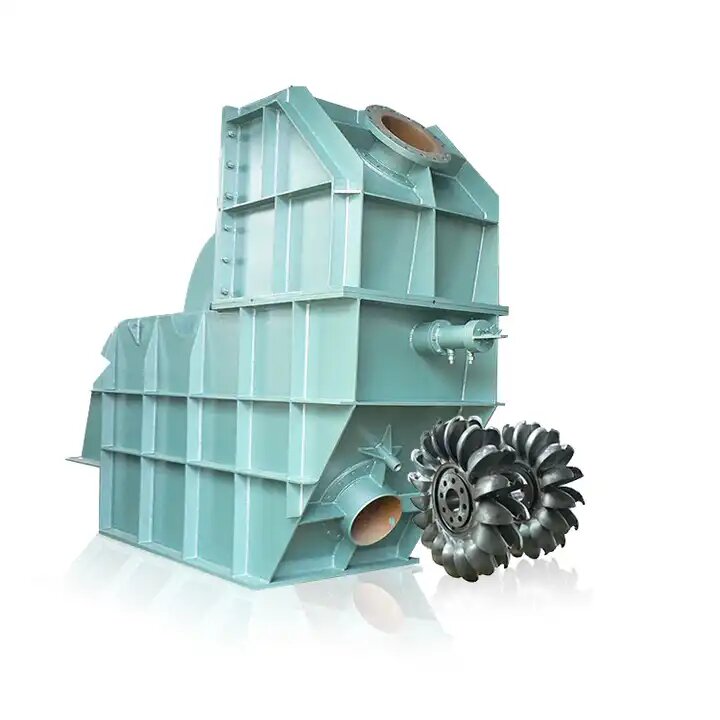
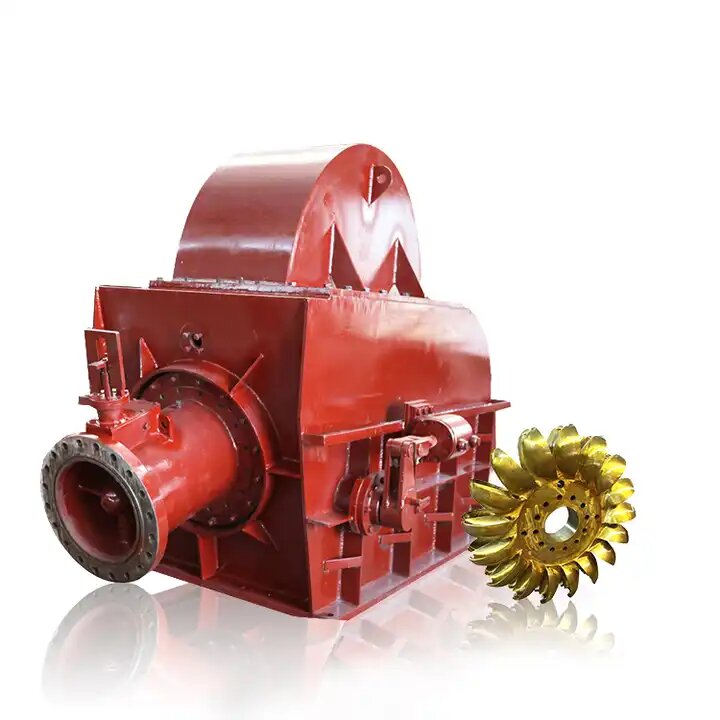
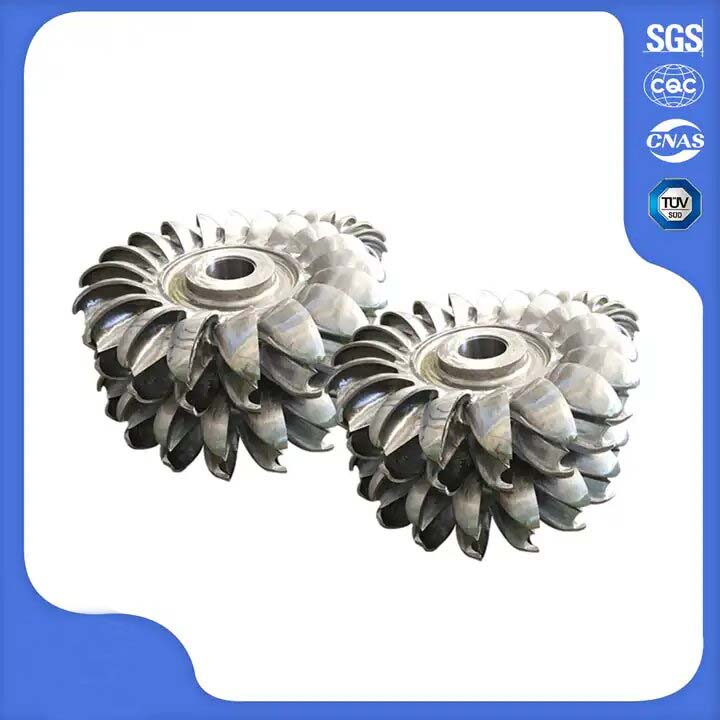
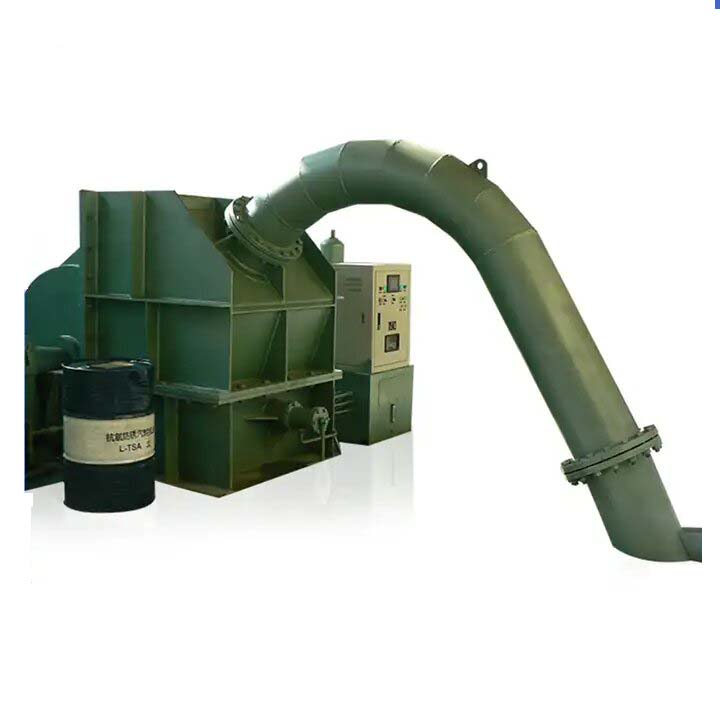
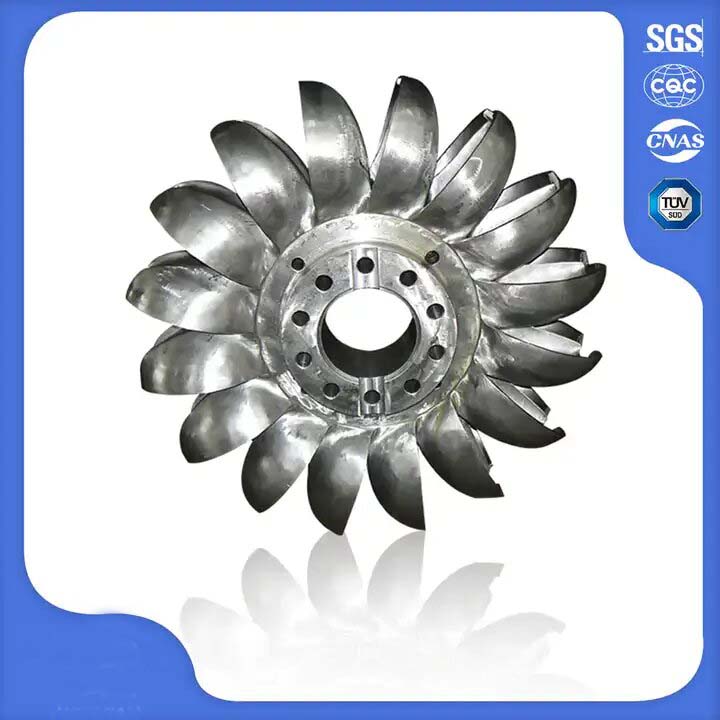
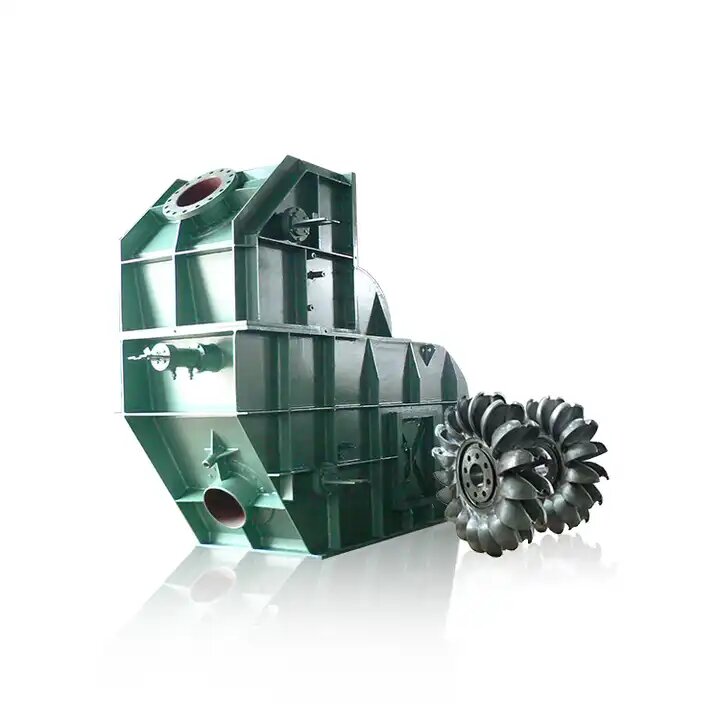
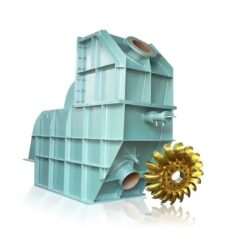
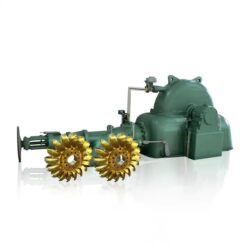
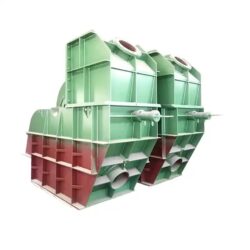
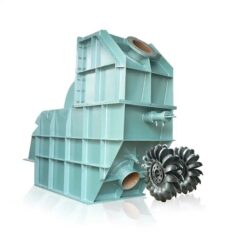
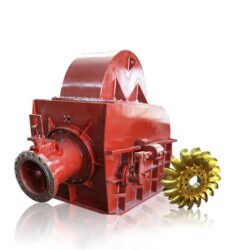
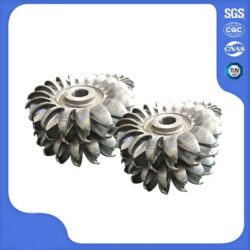
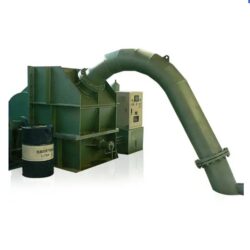
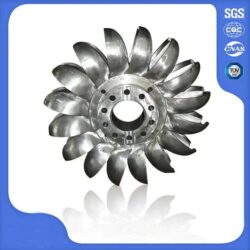
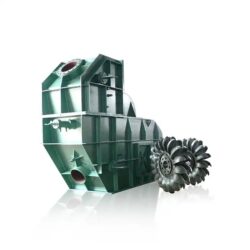
A turbine converts energy in the form of falling water into rotating shaft power. The selection of the best turbine for any particular hydro site depends on the site characteristics, the dominant ones being the head and flow available. Selection also depends on the desired running speed of the generator or other device loading the turbine.
Compact Hydro Power Solution: SF-W-30 Turbine
Embracing the principles of efficiency and sustainability, our SF-W-30 turbine is a compact powerhouse designed to harness the energy of falling water, transforming it into a potent source of electrical power.

With a power output of 30KW, it's tailored for sites with a flow rate of 0.08m³/s and a water head of 50m, offering versatility in diverse hydro settings.
Certified with ISO9001/CE/TUV/From-E, this turbine operates seamlessly at both 50Hz and 60Hz frequencies, ensuring adaptability to varying electrical systems. The 400V voltage and 90% efficiency underscore its commitment to reliable and high-performance power generation.
The SF-W-30 features a Brushless Excitation generator, known for its reliability and low maintenance requirements. The inclusion of a Butterfly Valve for flow control and a runner crafted from Stainless Steel ensures durability and resistance to corrosion, enhancing the turbine's lifespan.
Understanding Turbine Selection: Turbine selection is a critical aspect of hydro power design, with the SF-W-30 turbine offering an ideal solution for sites with specific characteristics. The choice is influenced by factors such as head and flow availability, desired generator speed, and the potential for power generation under varied flow conditions.
Each turbine exhibits a unique power-speed characteristic, operating most efficiently under specific head and flow combinations. The SF-W-30 turbine, with its optimal power output, reflects a commitment to maximizing efficiency while meeting the specific demands of hydroelectric installations.
In essence, the SF-W-30 turbine stands as a testament to the harmonious integration of technology and nature, providing a sustainable solution for harnessing the potential of flowing water and contributing to the global shift towards cleaner and greener energy alternatives.
Power: 30KW
Flow Rate: 0.08m³/s
Water Head: 50m
Frequency: 50Hz/60Hz
Certificate: ISO9001/CE/TUV/From-E
Voltage: 400V
Efficiency: 90%
Generator Type: SF-W-30
Generator: Brushless Excitation
Valve : Butterfly Valve
Runner Material: Stainless Seel
A turbine converts energy in the form of falling water into rotating shaft power. The selection of the best turbine for any particular hydro site depends on the site characteristics, the dominant ones being the head and flow available. Selection also depends on the desired running speed of the generator or other device loading the turbine. Other considerations such as whether the turbine is expected to produce power under part-flow conditions, also play an important role in the selection. All turbines have a power-speed characteristic. They will tend to run most efficiently at a particular speed, head and flow combination.
Micro Pelton Turbine Dynamics and Parameters
The design and performance of micro Pelton turbines, exemplified by the CJ237-W-45/1x4.8 model from Suneco Hydro, hinge on key parameters that define their operational characteristics. These turbines are specifically designed for applications where high head conditions prevail, catering to a spectrum of flow rates.

Head Classification: A crucial determinant of turbine design speed is the head under which it operates.
Suneco Hydro's CJ237-W-45/1x4.8 Micro Pelton Turbine is tailored for sites with varying heads, offering flexibility in high-head scenarios.
The design head ranges from 60m to 180m, accommodating a spectrum of hydraulic conditions.
Impulse and Reaction Principles: Turbines are further classified based on their operating principles, categorized as either impulse or reaction turbines.
The CJ237-W-45/1x4.8 Micro Pelton Turbine operates on the impulse principle, utilizing the kinetic energy of a jet of water to drive the turbine blades.
This design is particularly effective for high-head applications.
Performance Data: The performance data provided for the CJ237-W-45/1x4.8 Micro Pelton Turbine includes detailed parameters for various design heads, showcasing the turbine's adaptability to different hydraulic conditions.
Flow rates, generator output, and rotational speeds are specified for each design head, offering comprehensive insights into the turbine's behavior across a range of operating scenarios.
Water Intake and Generator Parameters:
The water intake diameter, a critical factor in the turbine's efficiency, remains constant at 200mm across all design heads.
The generator parameters, including the power generated and rated speed, vary proportionally with the design head, reflecting a balanced and efficient design that maximizes power extraction under varying hydraulic conditions.
In essence, the CJ237-W-45/1x4.8 Micro Pelton Turbine by Suneco Hydro represents a sophisticated engineering solution for high-head applications.
Its adaptability to varying heads, coupled with impulse turbine principles, underscores its versatility and efficiency in harnessing the potential of water flow for sustainable power generation.
A turbine's design speed is largely determined by the head under which it operates.
Turbines can be classified as high head, medium head or low head machines.
Turbines are also divided by their principal way of operating and can be either impulse or reaction turbines
Suneco hydro Micro Pelton Turbine Parameters
| CJ237-W-45/1x4.8 Hydro Turbine Performance Data And Supporting Table | ||||||||
| Model | Turbine Parameters | Generator Parameters | Water Intake | |||||
| Design head(m) | Under the design head | Design speed (r/min) | The power of generator | Rated speed(r/min) | Runaway speed(r/min) | Diameter (mm) | ||
| Flow rate (m3/s) | The output(kw) | |||||||
| CJ237-W-45/1x4.8 | 60 | 0.06 | 28 | 637 | 26 | 1000 | 1800 | 200 |
| 70 | 0.065 | 35.9 | 688 | 40 | 750 | 1500 | 200 | |
| 80 | 0.07 | 43.9 | 735 | 40 | 750 | 1500 | 200 | |
| 90 | 0.074 | 51.9 | 780 | 55 | 750 | 1500 | 200 | |
| 100 | 0.078 | 59.7 | 822 | 55 | 750 | 1500 | 200 | |
| 110 | 0.082 | 69.1 | 862 | 75 | 1000 | 1800 | 200 | |
| 120 | 0.085 | 80.2 | 901 | 75 | 1000 | 1800 | 200 | |
| 130 | 0.089 | 90.8 | 937 | 75 | 1000 | 1800 | 200 | |
| 140 | 0.092 | 102 | 937 | 100 | 1000 | 2200 | 200 | |
| 150 | 0.095 | 112 | 1007 | 100 | 1000 | 2200 | 200 | |
| 160 | 0.098 | 123 | 1040 | 100 | 1000 | 2200 | 200 | |
| 170 | 0.0102 | 134 | 1073 | 125 | 1000 | 2200 | 200 | |
| 180 | 0.0104 | 144 | 1103 | 125 | 1000 | 2200 | 200 | |
The Pelton Turbine, a pinnacle of hydroelectric engineering, stands as a testament to the marriage of technology and nature.
As a renowned manufacturer in China, our state-of-the-art factory at Suneco Hydro ensures precision engineering and innovation in every Pelton Turbine we produce.

We take pride in being a leading supplier, providing cost-effective solutions that align with the dynamic needs of hydro projects globally.
Our Pelton Turbines are tailored to harness the immense potential of high-head applications, utilizing the kinetic energy of water jets for efficient power generation. As a trusted name in the industry, we offer transparent pricing, ensuring that the cost of our turbines is both competitive and reflective of the high-quality materials and advanced technology integrated into their design.
For hydro projects seeking a reliable and robust energy solution, our Pelton Turbines come with detailed quotations, emphasizing our commitment to transparency and client satisfaction.
Suneco Hydro's Pelton Turbines exemplify the fusion of Chinese engineering prowess and sustainable energy solutions, making them an ideal choice for hydro projects seeking efficiency, durability, and a greener future.



A turbine converts energy in the form of falling water into rotating shaft power. The selection of the best turbine for any particular hydro site depends on the site characteristics, the dominant ones being the head and flow available. Selection also depends on the desired running speed of the generator or other device loading the turbine. Other considerations such as whether the turbine is expected to produce power under part-flow conditions, also play an important role in the selection. All turbines have a power-speed characteristic. They will tend to run most efficiently at a particular speed, head and flow combination.